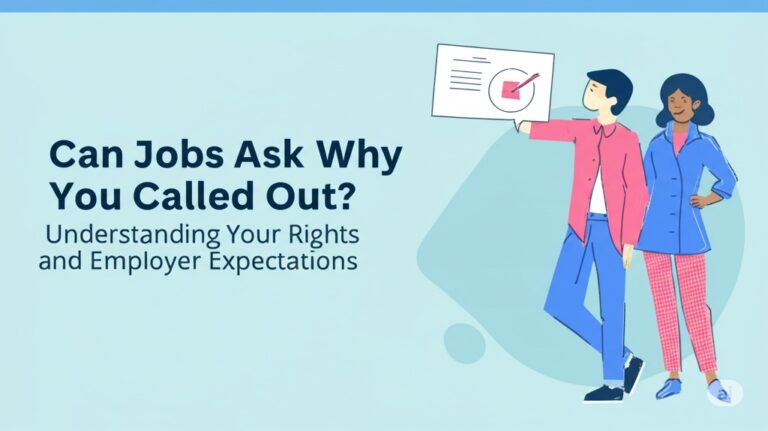Introduction
When it comes to employment classifications, one of the most common questions employers and employees have is: Are salaried employees exempt or non-exempt? This classification affects everything from overtime pay to job responsibilities and legal protections under the Fair Labor Standards Act (FLSA). Misclassifications can lead to legal consequences and financial penalties, making it essential for both employers and workers to understand the distinctions.
In this article, we’ll break down the key differences between exempt and non-exempt employees, how salaried workers fit into these categories, and what it means for both employees and businesses.
What Does It Mean to Be Exempt or Non-Exempt?
Under the FLSA, employees are classified as either exempt or non-exempt based on specific criteria. Let’s explore what these classifications mean:
Exempt Employees
Exempt employees are not entitled to overtime pay under FLSA regulations. To qualify as exempt, an employee must meet certain criteria regarding salary and job duties:
- Salary Basis: Must be paid a fixed salary, regardless of the number of hours worked.
- Minimum Salary Threshold: As of 2024, the salary must be at least $684 per week ($35,568 per year) to qualify for exemption.
- Job Duties Test: The employee must perform executive, administrative, professional, computer, or outside sales duties as defined by the FLSA.
Non-Exempt Employees
Non-exempt employees must be paid overtime for any hours worked beyond 40 hours per week. The key characteristics of non-exempt employees include:
- Hourly or Salaried Pay: Non-exempt employees can be paid hourly or on a salary basis.
- Overtime Eligibility: Must receive at least 1.5 times their regular pay for overtime hours worked.
- Varied Job Roles: Many blue-collar, clerical, and service industry jobs fall under this category.
Are Salaried Employees Always Exempt?
A common misconception is that all salaried employees are exempt, but this is not always the case. The method of payment (salary vs. hourly) does not solely determine exemption status—job duties and salary level must also align with FLSA exemption criteria.
When Salaried Employees Are Exempt
A salaried employee is exempt if they:
- Earn at least the minimum salary threshold set by the FLSA.
- Primarily perform high-level executive, administrative, or professional duties.
- Have decision-making authority or specialized knowledge essential to their role.
When Salaried Employees Are Non-Exempt
Salaried employees can still be non-exempt if:
- Their salary is below the FLSA threshold.
- Their job duties do not meet exemption criteria.
- They perform manual, clerical, or routine work without significant decision-making authority.
Common Job Categories and Their Exemption Status
To further clarify, here are some common job roles and their typical exemption status:
| Job Role | Typical Classification |
|---|---|
| Executive Manager | Exempt |
| Administrative Assistant | Non-Exempt |
| IT Specialist | May Be Either |
| Outside Salesperson | Exempt |
| Retail Worker | Non-Exempt |
| Accountant | Exempt |
| Customer Service Rep | Non-Exempt |
Why Does This Classification Matter?
Proper classification is essential for both employers and employees. Here’s why:
For Employees:
- Ensures fair wages and overtime compensation.
- Protects against wage theft and employer exploitation.
- Helps determine job expectations and responsibilities.
For Employers:
- Avoids costly wage and hour lawsuits.
- Maintains compliance with federal labor laws.
- Helps establish clear payroll structures.
How Employers Can Avoid Misclassification
Employers should follow these best practices to ensure proper classification:
- Review Job Descriptions: Ensure roles meet FLSA criteria before classifying employees as exempt.
- Conduct Regular Audits: Periodically review job duties and salaries to remain compliant.
- Consult HR and Legal Experts: When in doubt, seek professional guidance to prevent misclassification.
- Keep Detailed Records: Maintain documentation of work hours, job duties, and payroll records to support classification decisions.
Conclusion
Understanding whether salaried employees are exempt or non-exempt is crucial for ensuring fair pay and compliance with labor laws. While many salaried employees qualify as exempt, some may still be non-exempt depending on salary levels and job duties.
Employers should stay informed about FLSA regulations to avoid misclassification errors, while employees should be aware of their rights regarding overtime pay. If you’re unsure about your classification, consult your HR department or a labor law expert for guidance.
Have questions about your exemption status? Leave a comment below or reach out to an employment law professional for personalized advice!

Andre Cuevas provides career insights, job search strategies, and professional advice to help individuals navigate the job market and achieve their career goals.



